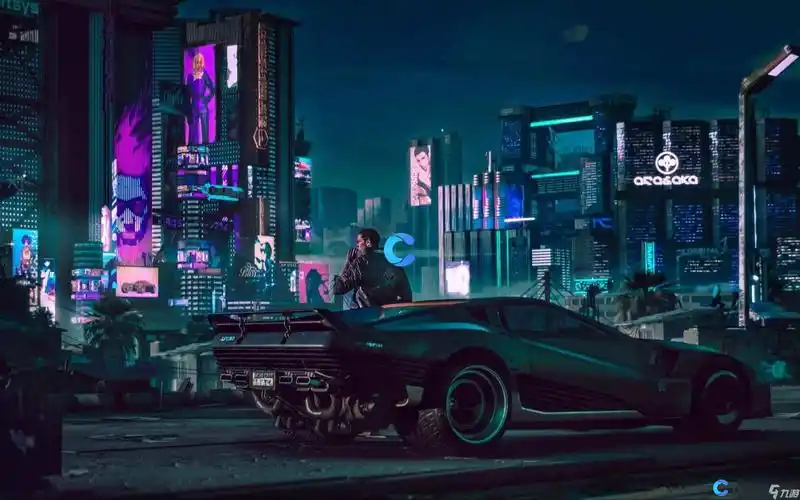Final Fantasy VIII Remastered Score: A Visual Upgrade Worth the Wait
Introduction
When Final Fantasy VIII Remastered was announced, fans of the beloved 1999 classic were both excited and apprehensive. Would Square Enix deliver a remaster that did justice to the original’s legacy, or would it fall short of expectations? The answer lies in the game’s visual overhaul—a careful balance between preserving the original’s charm and modernizing its presentation for contemporary audiences.
This article explores the visual enhancements in Final Fantasy VIII Remastered, analyzing how the updated graphics, character models, and environmental details contribute to the experience while staying true to the game’s artistic vision.
The Original’s Visual Legacy
Final Fantasy VIII was a technical marvel in its time. Released for the PlayStation in 1999, it pushed the console’s limits with pre-rendered backgrounds, intricate FMV sequences, and expressive character models. However, by modern standards, the original’s visuals—particularly the low-resolution character sprites—have aged poorly. The blocky, pixelated models clashed with the game’s cinematic ambitions, making a remaster a necessity for new players.
Character Model Overhaul
The most noticeable improvement in Final Fantasy VIII Remastered is the complete revamp of character models. Squall, Rinoa, and the rest of the cast now feature smooth, high-definition textures that retain their original designs while eliminating the jagged edges of the PS1 era. Facial expressions are more detailed, making emotional moments—such as Squall’s brooding demeanor or Rinoa’s heartfelt interactions—more impactful.
The remaster also introduces a new "Boost" feature, allowing players to toggle between the original and remastered models. This addition is a thoughtful nod to nostalgia, letting longtime fans appreciate the improvements while still revisiting the classic look.
Environmental Enhancements
While character models received the most attention, the game’s environments have also been refined. The pre-rendered backgrounds, a hallmark of early Final Fantasy titles, remain largely unchanged in structure but benefit from upscaling and anti-aliasing. This means locations like Balamb Garden, Deling City, and the futuristic Esthar now appear crisper without losing their original artistic direction.
Some textures, however, still show their age. Since the backgrounds were originally designed for CRT televisions, certain elements—like distant objects or fine details—can appear blurry on modern displays. While not a dealbreaker, it’s a reminder of the limitations inherent in remastering pre-rendered assets.
FMV Sequences: A Mixed Bag
Final Fantasy VIII was renowned for its breathtaking full-motion video (FMV) cutscenes, which remain some of the most impressive in the series. The remaster preserves these sequences in their original quality, but unlike Final Fantasy VII Remake, no full-scale re-rendering was done.
While the FMVs still hold up artistically, their lower resolution is noticeable when compared to the remastered in-game graphics. A complete re-rendering would have been ideal, but given the remaster’s budget constraints, their inclusion in the original form is understandable.
UI and Menu Improvements
The user interface has also been modernized, with sharper text and icons that improve readability. The battle menus, once cramped on older displays, now appear clean and well-organized. Additionally, the remaster includes optional gameplay boosts like speed-up and battle assistance, making the experience more accessible without compromising the core mechanics.

Performance and Platform Considerations
Final Fantasy VIII Remastered runs smoothly across all platforms, including PC, PlayStation 4, Xbox One, and Nintendo Switch. The PC version, in particular, offers the best performance, with higher resolutions and customizable settings. The Switch version, while slightly downgraded in handheld mode, maintains a stable frame rate—a testament to the remaster’s optimization.
Conclusion: A Faithful Yet Flawed Revival
Final Fantasy VIII Remastered succeeds in bringing the classic RPG into the modern era with its enhanced character models, refined textures, and quality-of-life improvements. While some aspects—like the untouched FMVs and dated backgrounds—show the limitations of a remaster versus a full remake, the overall package is a worthy upgrade for both returning fans and newcomers.
For those who cherished the original, this remaster offers a fresh way to relive Squall’s journey. For new players, it provides a visually polished entry point into one of Final Fantasy’s most ambitious titles. Though not perfect, Final Fantasy VIII Remastered proves that even after two decades, its emotional storytelling and unique world remain timeless.














